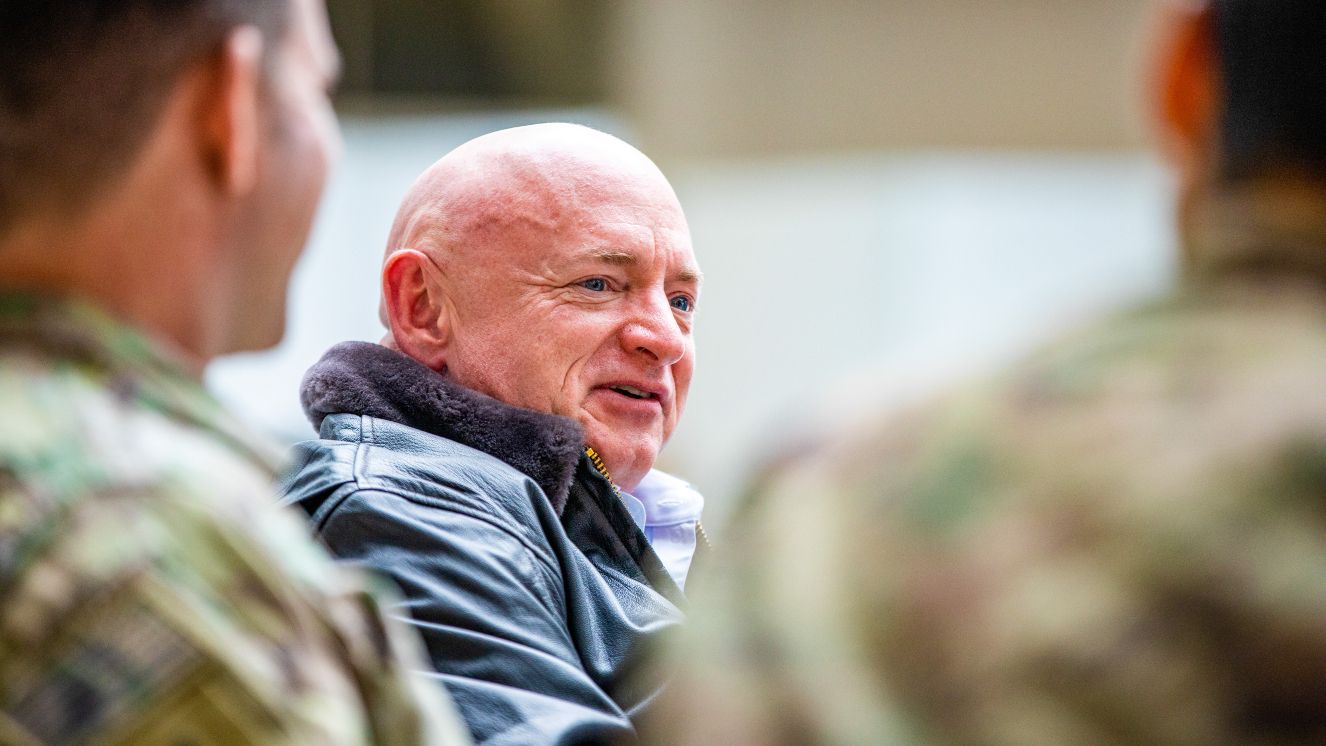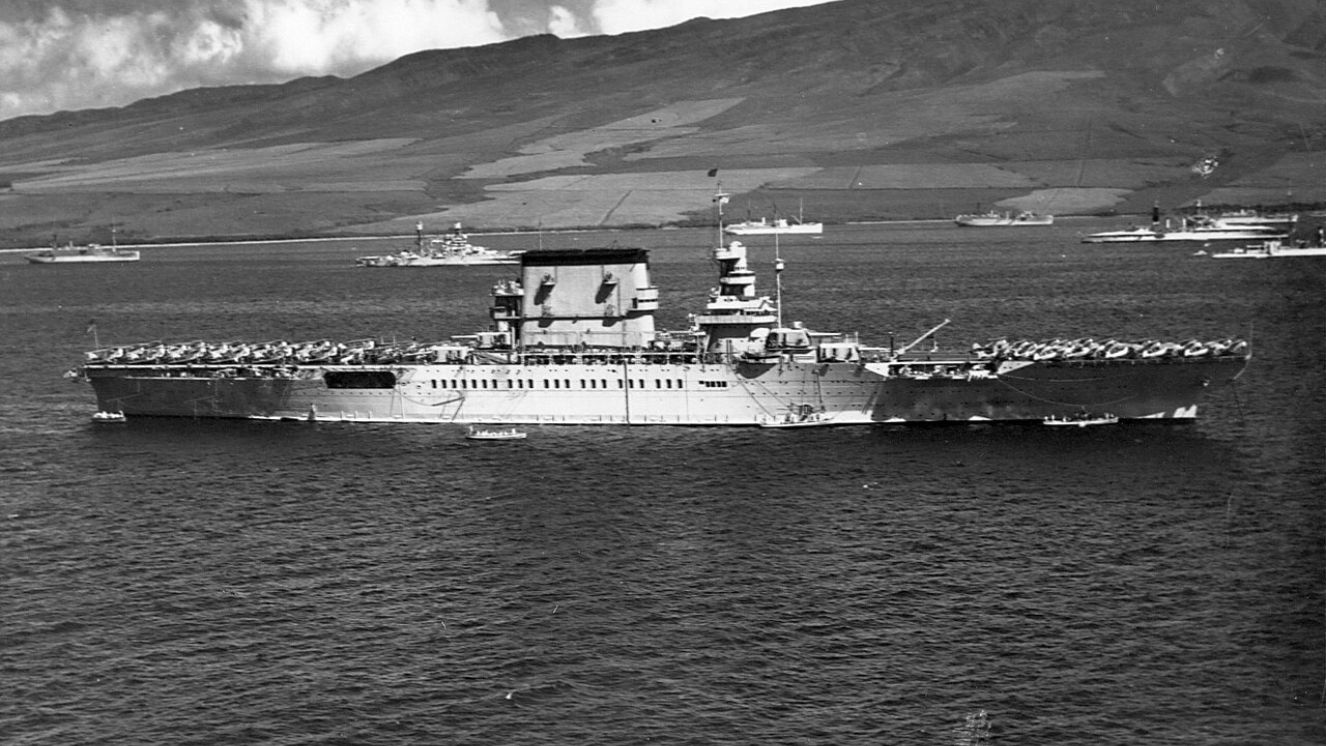INSIDE THE COAST GUARD’S POLICY WAR ON WORDS OVER HATE SYMBOLS

Service members know that language in military policy directly shapes command climate, unit cohesion, and expectations at every leadership level. When Coast Guard officials updated the harassment policy in November 2025 and placed swastikas, nooses, and other symbols in a “potentially divisive symbols and flags” category, the shift drew immediate attention. Within hours of making the wording public, Coast Guard leaders issued a new directive that restored these images to explicit hate-symbol status. This situation showed how a single phrase in a Coast Guard policy update can trigger a service-wide conversation about professionalism and readiness.
How the Policy Changed
The symbol reclassification emerged during a Department of Defense–directed review of definitions of harassment, bullying, and misconduct across the armed forces. As part of that review, the Coast Guard updated its harassment policy to reorganize categories of prohibited imagery and behavior.
The Coast Guard previously treated swastikas and nooses as clear signs of hate-related misconduct. Now, under the new military policy framework, Coast Guard leaders have reclassified these images as "potentially divisive symbols and flags." They are now grouped with behaviors handled through harassment policy, not as a separate hate-incident category.
The updated directive also introduced a 45-day reporting requirement for misconduct. Service members must report misconduct, including the use of prohibited symbols, within 45 days of discovery. For those on cutters or afloat units with limited communication, this timeline raised immediate concerns about practicality and fairness.
Although the update followed the Coast Guard's standard policy process, concerns surfaced quickly once the language became public.
How It Reached Public Attention
On November 20th, national reporting highlighted the upcoming implementation date and detailed the symbol reclassification. The coverage noted the shift from explicit hate-symbol language to the new “potentially divisive” terminology. Coast Guard personnel expressed concern that the new Coast Guard policy could weaken expectations around prohibited imagery and create uncertainty for service members responsible for maintaining a safe military workplace.
Journalists also questioned unit readiness, highlighted potential retaliation risks in tight shipboard environments, and asked whether the updated harassment instruction aligned with broader military professionalism standards.
Leadership Response
Coast Guard leadership acted quickly. Within hours of the story gaining attention, Acting Commandant Adm. Kevin Lunday issued a directive reinstating the explicit prohibition on symbols. His memo reaffirmed that swastikas, nooses, and symbols used by hate-based groups are prohibited across all Coast Guard workplaces, facilities, cutters, and operational environments.
Lawmakers, including Sen. Jacky Rosen and Senate Majority Leader Chuck Schumer, publicly responded to the original language. Civil rights advocates and subject-matter experts also underscored the long-term significance and history of these symbols, emphasizing the importance of maintaining clear, enforceable military workplace standards.
The Coast Guard said hate symbols "have been and remain prohibited." It described the new memo as clarifying existing military policy. However, the speed of the reversal underscored the critical importance of precise wording in maintaining trust and accountability across the force.
Why This Matters to Servicemembers
For active-duty servicemembers, this highlights several operationally relevant points:
- Clarity in policy protects the force. Ambiguous language creates enforcement uncertainty, especially in small units or afloat environments.
- Reporting pathways must be credible and accessible. Whether for harassment, prohibited symbols, or other misconduct, service members need confidence that reporting requirements support both their safety and mission readiness.
- Command climate directly affects readiness. Hate symbols and prohibited imagery undermine unit cohesion, morale, and the ability to function as a disciplined military team.
- Policy language has operational weight. Changes in how prohibited symbols are classified impact how leaders interpret and enforce the rules.
This reclassification and rapid correction show how much weight a wording change carries within a military organization.
What You Need to Know Going Forward
The Coast Guard’s final directive is clear. Swastikas, nooses, and symbols adopted by hate-based groups are prohibited across all Coast Guard environments. The earlier shift to “potentially divisive symbols and flags” has been fully reversed. Reporting requirements remain unchanged, and service members are expected to elevate any prohibited imagery through their chain of command or established reporting channels.
Understanding the outcome of this policy update helps reinforce the standards expected in any military workplace. Clear rules support morale, professionalism, and operational readiness across the force.
Review your unit’s harassment policy, reporting requirements, and guidance on prohibited symbols. Ensure local policy aligns with the updated Coast Guard directive and that reporting pathways are clear. Uphold consistent standards to keep the force respectful and ready.
Suggested reads:
Veteran & Senior Contributor, Military News
BY NATALIE OLIVERIO
Navy Veteran
Natalie Oliverio is a Navy Veteran, journalist, and entrepreneur whose reporting brings clarity, compassion, and credibility to stories that matter most to military families. With more than 100 published articles, she has become a trusted voice on defense policy, family life, and issues shaping the...
Credentials
- Navy Veteran
- 100+ published articles
- Veterati Mentor
- Travis Manion Foundation Mentor
- Journalist and entrepreneur



